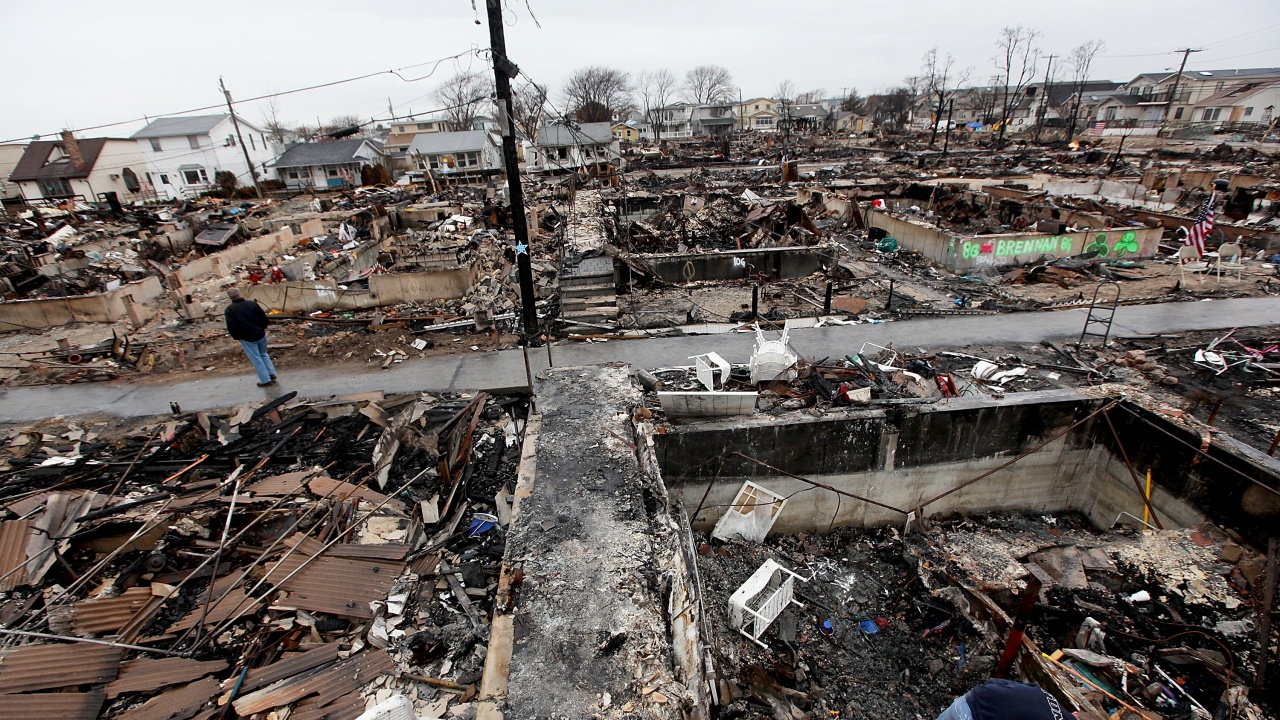Listen to the news
Warming creates conditions for the formation of more of the so-called supercell storms in the US, according to a study cited by BTA.
America is likely to see more deadly tornadoes and hailstorms as temperatures rise around the world, according to research published in the Bulletin of the American Meteorological Society.
Experts also warn that the deadly storms will move east, and will often strike over more densely populated southern states such as Alabama, Mississippi and Tennessee.
The supercell storm that caused heavy damage in Rolling Fork, Mississippi is an event that cannot be linked to climate change.
But it fits into that predictable and more dangerous pattern, including more overnight disasters in a southern region with more people, poverty and vulnerable housing than where storms hit last century.
And the season will start a month earlier than before.
Scientists: More and more coral reefs are suffering from a lack of oxygen
The study predicts a 6.6 percent increase in supercell storms and a 25.8 percent increase in the areas and times when the strongest storms swirl over land under a scenario of moderate levels of warming by the end of the century.
In some southern parts, however, the increase will be much more serious.
These include Rolling Fork, where the study authors predict an increase of one supercell storm per year by 2100.
Supercell storms are "the dominant producers of significant tornadoes and hail," said study lead author Walker Ashley, a professor of meteorology and disaster geography at Northern Illinois University.
Tall, anvil-shaped and filling the sky, supercell storms have very strong winds and can last for hours.
Similar natural disasters occurred in 2013 in Oklahoma when a tornado killed 51 people, in 2011 in Missouri with 161 deaths and in 2011 with more than 320 victims in Alabama, Mississippi and Tennessee.
The study used computer simulations to predict what would happen at the end of the century under different levels of global carbon pollution.
According to Ashley, however, the future with more storms looks like it's already here.
USA
high temperatures
supercell storm
